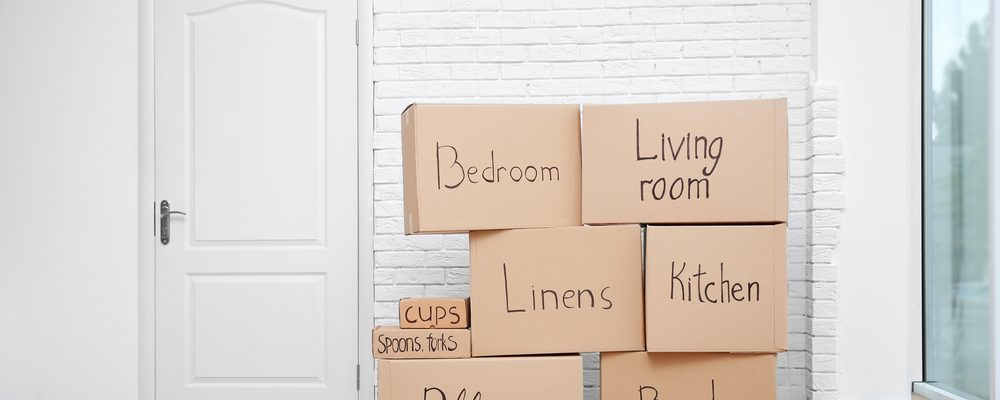Moving can be a stressful experience, but with the right planning and organization, you can make the process much smoother. One of the most important aspects of a successful move is efficiently organizing and labeling your moving boxes. By taking the time to properly pack and label your belongings, you can save yourself a lot of time and frustration on moving day and during the unpacking process. Here’s how you can organize and label your moving boxes like a pro.
1. Start with a Plan
Before you start packing, take some time to create a plan. This involves deciding what items you’ll pack first, how you’ll group your belongings, and what supplies you’ll need. By having a clear plan in place, you can avoid the last-minute rush and ensure that everything is packed logically and efficiently.
- Inventory List: Create a detailed inventory list of all the items you’ll be packing. This list will not only help you keep track of your belongings but also make it easier to label boxes accurately.
- Prioritize by Room: Decide which rooms you’ll pack first based on how often you use the items in them. For example, start with less frequently used items like those in the guest room or storage areas.
2. Gather the Right Supplies
Having the right packing supplies is essential for keeping your items safe and making the labeling process easier. Here’s what you’ll need:
- Boxes: Choose sturdy, appropriately sized boxes for your items. Consider using smaller boxes for heavy items like books and larger boxes for lighter items like bedding.
- Markers: Use high-quality, permanent markers to label your boxes. This ensures that the labels won’t smudge or fade during the move.
- Labels or Color-Coded Stickers: Using pre-printed labels or color-coded stickers can make identifying boxes at a glance much easier.
- Packing Tape: Make sure you have strong packing tape to securely seal your boxes.
- Bubble Wrap/ Packing Paper: Protect fragile items with bubble wrap or packing paper.
3. Pack by Category
When packing your items, group similar items together and pack them by category. This will make it easier to unpack and organize your new home. For example:
- Kitchen Items: Pack all your kitchen items together, including pots, pans, utensils, and small appliances.
- Clothing: Pack your clothing separately from other items and consider using wardrobe boxes to keep clothes on hangers.
- Books: Keep books together and pack them in small boxes to prevent them from becoming too heavy.
4. Label Boxes Clearly
Labeling is one of the most important steps in the moving process. Properly labeled boxes will make unpacking much easier and will help movers place boxes in the correct rooms. Here are some tips for effective labeling:
- Room Name: Clearly write the name of the room where the box should go. For example, “Kitchen,” “Bedroom,” or “Living Room.”
- Contents: List the main contents of the box. This doesn’t need to be exhaustive, but noting items like “pots and pans” or “winter clothes” can be helpful.
- Fragile Items: If a box contains fragile items, make sure to label it as “Fragile” and include handling instructions like “This Side Up” or “Handle with Care.”
- Priority Level: If certain boxes need to be unpacked first, label them as “Priority” or “Open First.”
5. Use a Numbering System
In addition to labeling boxes by room and contents, consider using a numbering system. Assign each box a number and list that number alongside its contents on your inventory list. This way, if you need to find something specific, you can easily locate the box without having to open multiple boxes.
- Example: Box 1: Kitchen – Pots and Pans, Box 2: Bedroom – Bedding, etc.
6. Color-Code Your Boxes
For an added layer of organization, consider using a color-coding system. Assign a different color to each room and place a colored sticker or use colored tape on each box. For example:
- Kitchen: Yellow
- Bedroom: Blue
- Living Room: Red
This visual system can help both you and your movers quickly identify where each box belongs, making the unloading process faster and more efficient.
7. Keep Essential Items Separate
As you pack, set aside a few boxes for essential items that you’ll need immediately after the move. These might include toiletries, basic kitchen supplies, and important documents. Clearly label these boxes as “Essentials” and consider transporting them yourself rather than loading them onto the moving truck.
8. Label on Multiple Sides
To ensure that your labels are visible no matter how the boxes are stacked, label each box on multiple sides. This will make it easier to identify boxes during the move and once they’re unloaded.
- Tip: Label the top and at least two sides of each box for maximum visibility.
9. Communicate with Your Movers
If you’re hiring professional movers, make sure to communicate your labeling system to them. Let them know how you’ve organized your boxes and provide any specific instructions, such as which boxes contain fragile items or which should be unloaded first.
How We Can Help
At Flat Bid Moving, we understand that every move is unique, and we’re here to make your moving experience as smooth as possible. Whether you’re moving locally within San Diego or long-distance to another state, our experienced team can handle every aspect of your move with care and precision. We’re trusted by several real estate brands and have a proven track record of providing high-quality, luxury moving services. Contact us today to learn how we can assist you with your upcoming move and ensure that your belongings are organized, labeled, and transported safely.

